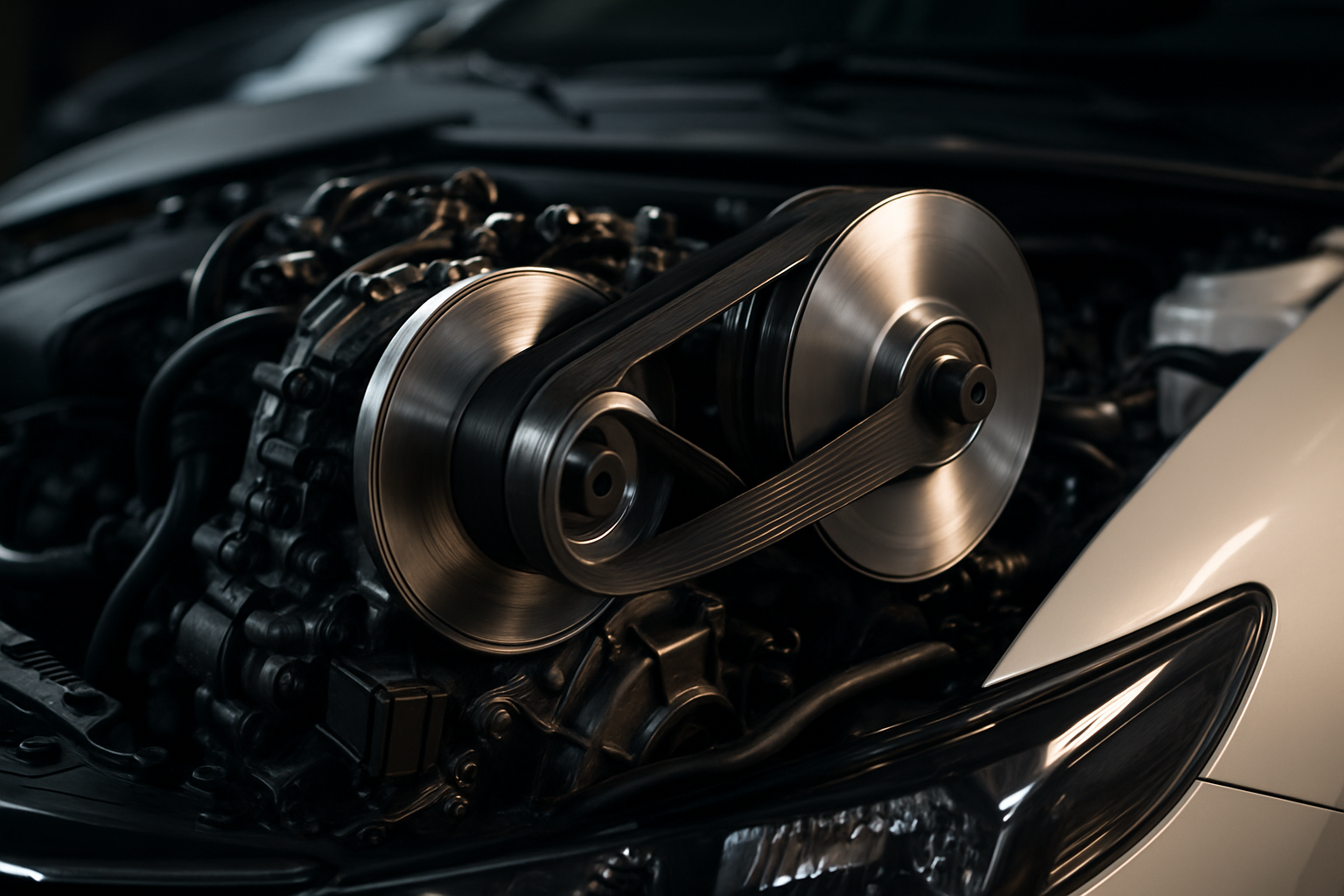Unraveling the Intricacies of Continuously Variable Transmissions
Introduction: Imagine cruising down the highway, your car smoothly accelerating without the typical jerks of gear changes. This seamless driving experience is brought to you by the marvel of Continuously Variable Transmissions (CVT). Let's delve into the world of CVTs, exploring their history, technological advancements, and their impact on the automotive industry.

A Journey Through Time: The History of CVTs
The concept of CVTs isn’t a recent phenomenon. In fact, the idea dates back to the late 15th century, when Leonardo da Vinci sketched a stepless continuously variable transmission. However, it wasn’t until the late 19th century that the first practical CVT, named “Variable Speed Gear,” was patented by Milton Reeves. Over the years, CVTs have evolved, with manufacturers continuously refining the technology to enhance efficiency and performance.
The Mechanics of CVTs: How They Work
Unlike traditional automatic or manual transmissions that use a complex set of gears, CVTs operate on a simple principle: they use two pulleys connected by a belt. One pulley is connected to the engine, while the other is connected to the wheels. The diameter of these pulleys can change based on the car’s speed, ensuring optimal engine performance at all times.
CVTs in the Modern Automotive Landscape
CVTs have gained popularity in the automotive industry due to their fuel efficiency and smooth driving experience. They are commonly found in compact cars, hybrids, and even some high-performance vehicles. However, they are not without their challenges. CVTs can sometimes feel sluggish, and their durability has been a topic of debate among automotive experts.
The Impact of CVTs: Benefits and Challenges
CVTs offer several benefits, including improved fuel efficiency and a smoother driving experience. They also allow for better acceleration compared to traditional transmissions. However, they also come with their own set of challenges. CVTs can be expensive to repair or replace, and some drivers find the lack of gear shifts disconcerting.
The Future of CVTs: What Lies Ahead
The future of CVTs looks promising. With advancements in technology, manufacturers are finding ways to overcome the challenges associated with CVTs. For instance, some manufacturers are incorporating artificial ‘steps’ into the CVT’s operation to mimic the feel of a traditional automatic transmission. As the automotive industry continues to evolve, CVTs are likely to play a significant role in shaping the future of driving.
In conclusion, CVTs offer a unique blend of efficiency and smoothness, making them an attractive option for many drivers. Despite the challenges, their potential for innovation and improvement makes them a fascinating topic in the automotive world. As we continue to explore and refine this technology, who knows what the future of CVTs might hold?





